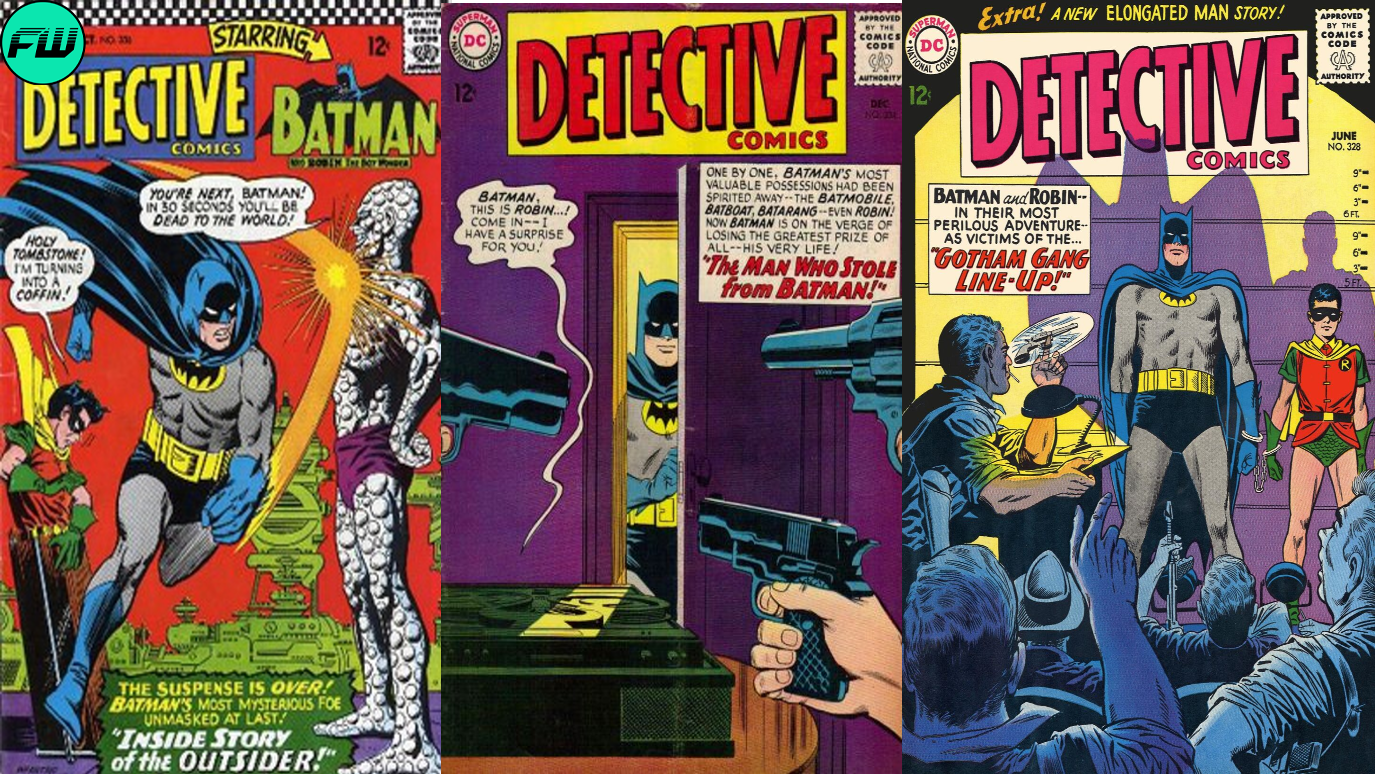Many beloved villains debuted in DC Comics in the Silver Age, but many also disappeared into obscurity, known to only the most die-hard of fans. The Silver Age was a time of exploration, where artists and writers were allowed to try any concept they liked. If it succeeded, it became a permanent part of the line. If it failed, they could write it off as an imaginary story and never speak of it again. It was a time of reinvention, as superheroes were introduced back into the mainstream for the first time in nearly a decade, as many other genres of comics became significantly more popular.
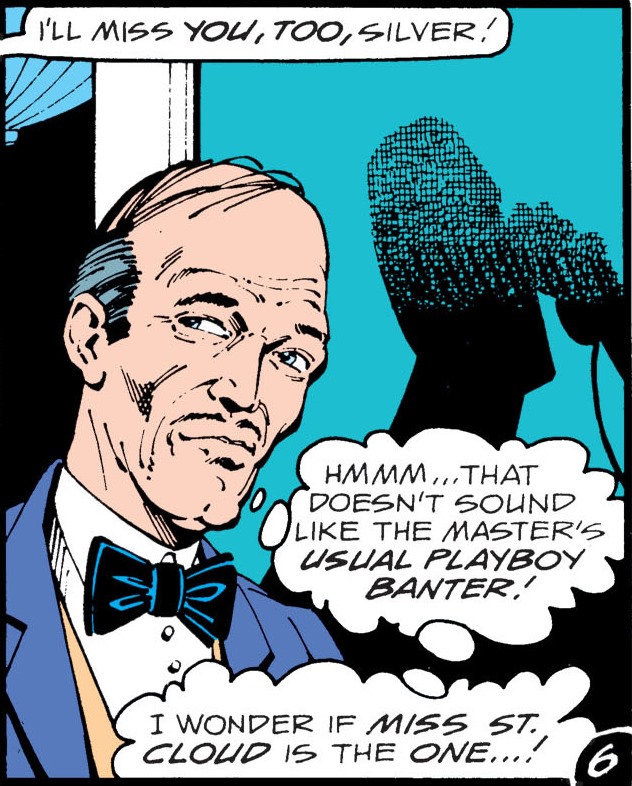
In the 1960s, DC Comics was having significant troubles with their Batman line of comics. DC’s editorial director in the ’50s and ’60s, Irwin Donenfeld, looked at sales records from DC and figured out science fiction stories sold best. Due to this, he introduced mandates telling editors to insert more science fiction into their stories. Problem is, Jack Schiff (the editor for the Batman line) had no experience in science fiction, so the title suffered.
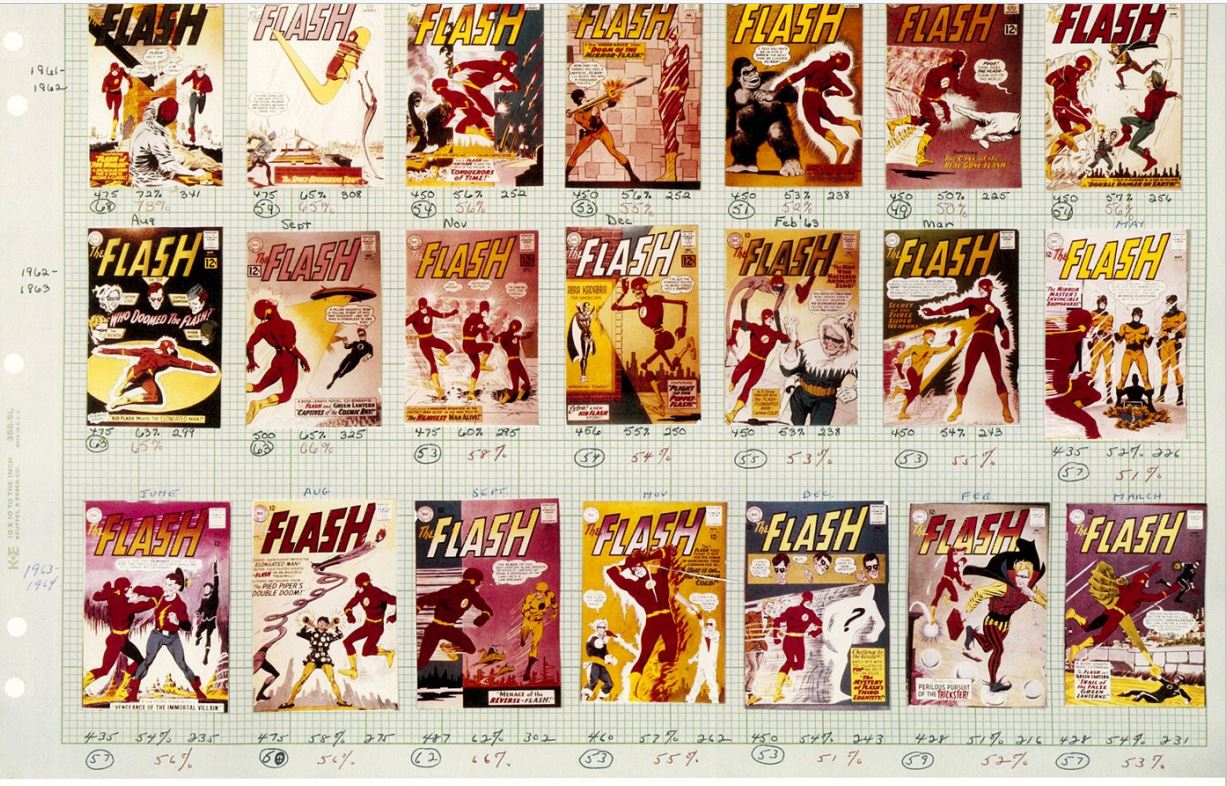
In the early ’60s, the line was handed over to Flash editor Julius Schwartz, who brought in Golden Age Batman scribes and The Flash artist Carmine Infantino to reinvent the Batman line. With this, they took a chance and killed off Batman’s faithful butler Alfred Pennyworth. Alfred was killed in 1964’s Detective Comics #328 (written by Batman creator Bill Finger and drawn by Carmine Infantino).
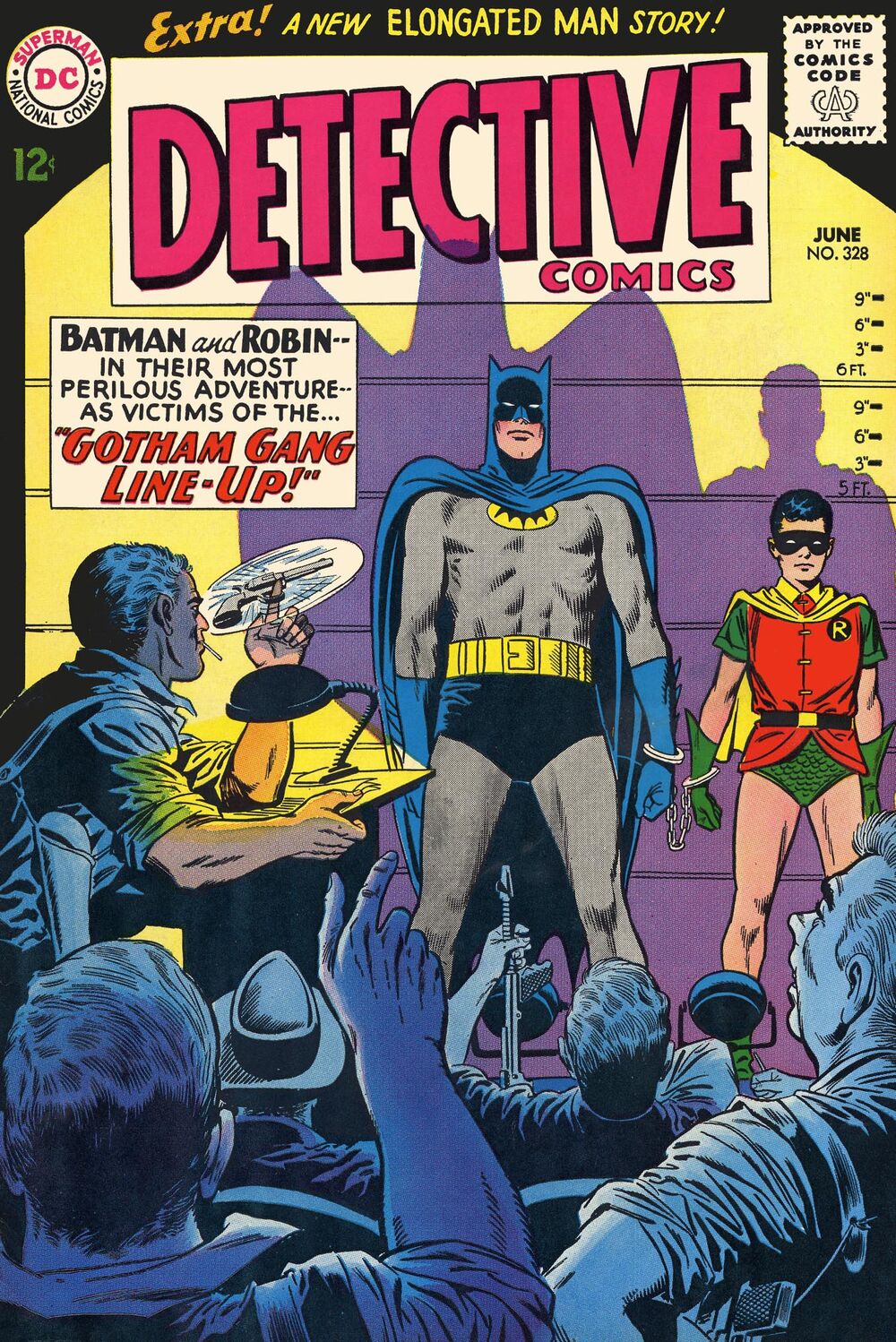
In reality, Alfred was not actually killed. He was revived by a scientist (in issue 334 of Detective Comics) but was mutated into a horrible monster. He became set on killing Batman and Robin and hired various villains to try and kill him.

During this time they had Alfred as The Outsider, they brought in Dick Grayson (Robin)’s Aunt Harriet to fill the role of housekeeper. She was introduced specifically under the guidance of Julius Schwartz, who wanted there to be a woman living in the household in order to address the criticisms of Fredric Wertham in 1954’s Seduction of the Innocent (which brought up many good points about the unregulated medium exposing questionable content to young children).
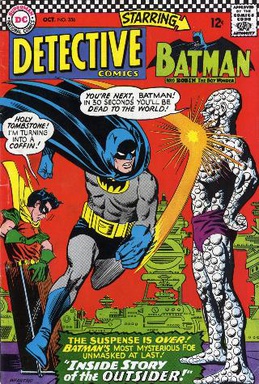
In 1965, ABC started work on their Batman television series, which ignored many of the developments put in place since the Golden Age of comics, as the producer, William Dozier, based the show heavily on the Golden Age, to the point where many early episodes were near-exact recreations of famous stories. In fact, Batman creator Bill Finger wrote Season 2’s “The Clock King’s Crazy Crimes” with his longtime writing partner Charles Sinclair (which was actually his first official credit for writing on Batman, as Bob Kane took credit for his work up until 2015 when Marc Tyler Nobleman worked with Finger’s granddaughter to properly get him credit).
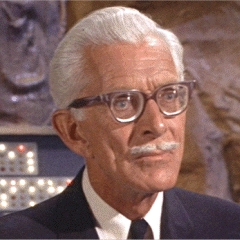
In the new Batman television show, Alfred (played by Alan Napier) was reintroduced as a major character. To capitalize on the success of the television show, the comic changed itself significantly, including reintroducing Alfred as Batman’s faithful butler once more.
Follow us for more entertainment coverage on Facebook, Twitter, Instagram, and Letterboxd.

